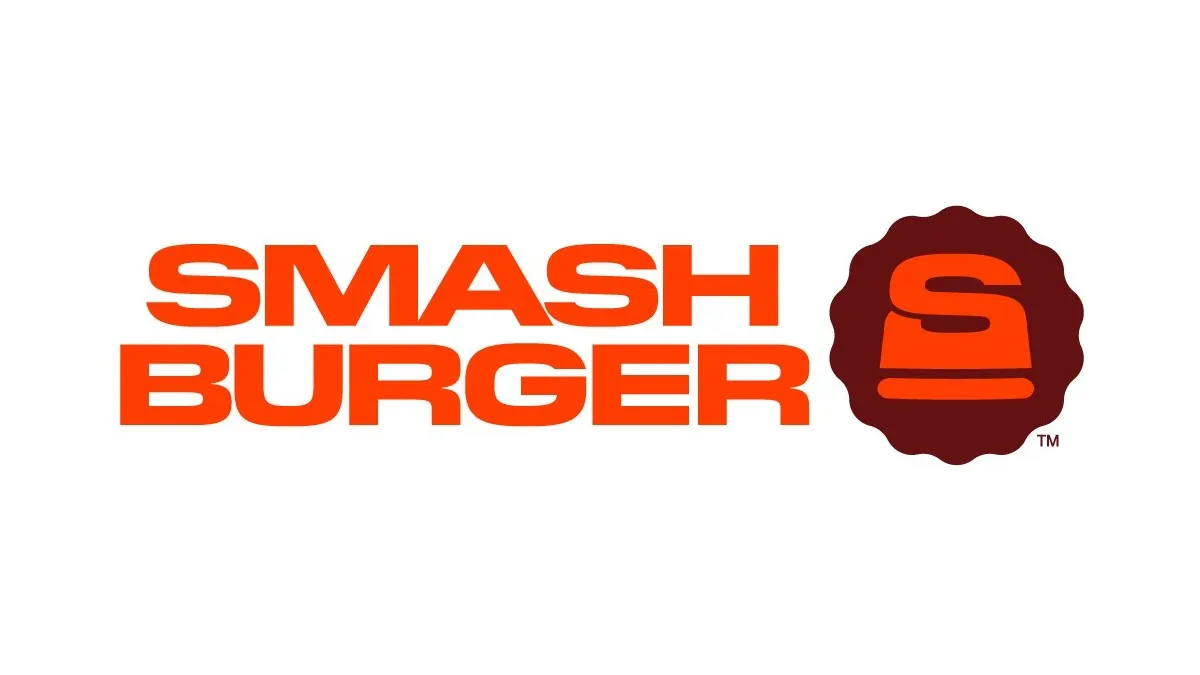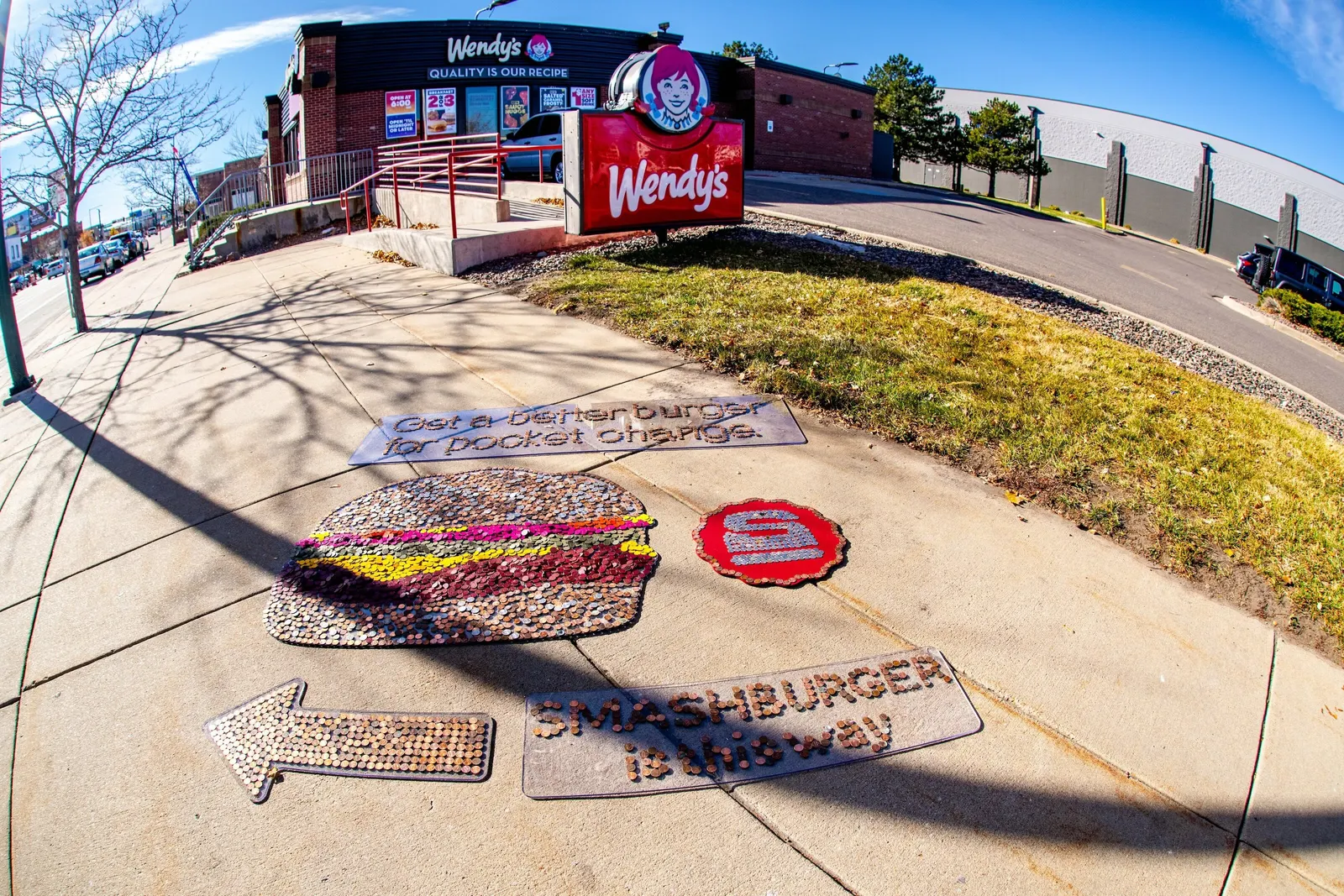Burger chains like Shake Shack, Smashburger and Five Guys basically cook their patties the same way, but only one of these brands named itself after the method. Founded in 2007, Smashburger took its name from the evocatively-dubbed technique and has more than 200 locations across the U.S. and Canada. But after making investments and decisions geared to the challenges of the pandemic era, the chain found itself ill-prepared for long-term growth.
CMO Thomas Prather
Courtesy of Smashburger
Smashburger this year hit the reset button in the C-suite, hiring Starbucks veteran Denise Nelsen as CEO and former Qdoba executive Jim Sullivan as chief development officer. The chain also hired as CMO Thomas Prather, an executive who had spent more than a decade in various roles at Starbucks, who has been hard at work righting the course for a brand he says was “adrift” in recent years.
“Our brand wasn’t well known,” Prather said. “We’d have 20 different logos out in the marketplace, so even if you liked Smashburger, you didn’t know if it was a mom-and-pop or if it was a [chain].”
The company also had let its menu grow and wasn’t reinforcing its value proposition as “burger experts,” and — like many chains in the post-COVID period — was struggling to balance the needs of being a fast-casual with a dine-in experience that is also optimized for delivery and online ordering. Much of the work that needed to be done fell under the purview of Prather, who began a few months before his appointment was officially announced in May.
“I’m two months in, I go to a leadership conference with 200 people, and I say that the brand has to get its swagger back, and that was my job — to help them get the swagger back,” he recalled.
Revamped and rebranded
To reset Smashburger with a focus on growth, the chain’s new C-suite quickly narrowed in on two foundational areas: a new menu and a new brand identity. In recent years, chicken sandwiches and wings had begun to take up more real estate on the chain’s menus; the chain has now streamlined its menu to reinforce equity around its namesake item.
The launch of the new menu in mid-September coincided with the new brand identity that was created in collaboration with X&O, the agency that also worked with the chain on recent brand research. As a new CMO, Prather found the rebrand simultaneously “exhilarating and terrifying.”
“We were able to move really fast with [X&O] because they had that background with us and [knew] what we were trying to accomplish,” Prather said. “Getting that through the system into trademark filings and stuff in record time was cool, but again, ridiculously scary.”

Smashburger’s new logo
Courtesy of Smashburger
The style of the rebrand is bold and contemporary, with a simple palette of dark orange and burgundy complimented by cream and black. For the logo, the base of “S” stands in for the weight of the smasher and it sits on a stylized version of an irregular circle to represent the patty that allows the chain to show up in “arresting and disruptive” ways.
“We wanted to create an icon that — in the future, 20 years from now — all we have to do is put that icon up and people know that it’s Smashburger,” Prather said. “We know we’re not going to get there right away.”
The rebranded logo is also intended to help the brand stand out on third-party aggregator apps that have become a key channel for food ordering and delivery, but have a tendency to (no pun intended) flatten the brand experience. Smashburger is working to make the brand visible on aggregators through a combination of offers and sponsored listings.
“We want to meet the customer where they are. Aggregators are still an important part of our business model, and they’re important for reach, as well,” the exec said.
Filling the funnel
Aggregators can be helpful to introduce the brand to new consumers, but Smashburger is working to move those customers into its digital ecosystem through its app and loyalty program. The chain launched a new app two weeks after the menu and rebrand launch and is offering a free classic burger through the end of the year for users that download and sign up.
“It’s generating what we wanted to generate… Getting that digital ecosystem moving is one of my top three [priorities]” alongside increasing brand visibility and menu innovation, Prather explained.

Smashburger’s OOH marketing activation
Courtesy of Smashburger
Smashburger is also working to balance lower-funnel efforts that are more optimized for conversion, online ordering and getting people onto the app with always-on digital plays that look to drive awareness that is not reliant on new products or limited-time offers.
“We invest in the bottom of the funnel, but we don’t have enough people at the top of the funnel to make the bottom of the funnel deliver the right revenue for us,” Prather said. “We’re going to see if having bursts of activations keeps the brand top of mind or gives the brand opportunity for some visibility and getting in the conversation is a better way.”
In kind, Smashburger on Nov. 20 launched an out-of-home effort in New York, Denver and Houston that encouraged consumers to collect spare change and upgrade their burgers over traditional fast food offerings. The activation — staged outside of McDonald’s, Burger King and Wendy’s locations — featured three-dimensional sculptures crafted entirely from coins and is an example of the type of activations Prather wants Smashburger to run to break through in the category.
“The exciting thing is we’re a 17-year-old brand that feels like we’re back on day one,” Prather said. “We have a great foundation to grow from, and it’s about making some decisions that get us noticed by the customer and get them thinking about us, because the product will deliver.”











